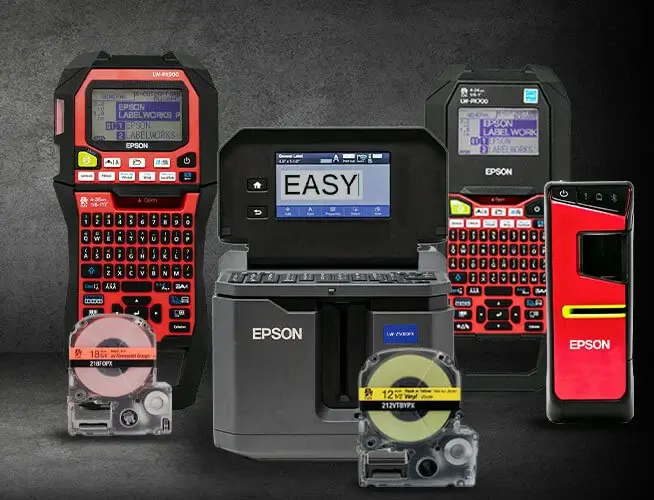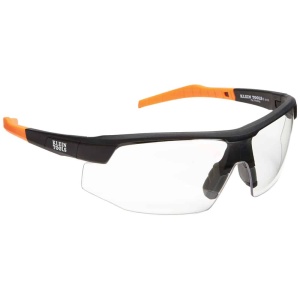-
Cat5E Patch Cables
Vertical Cable 28AWG Cat6A 6″ Slimline Patch Cable with Clear Boots | Blue
$1.99 Add to cart -
Pulling & Fishing
The Original "Pulling Pal" Low Voltage & Network Cable Installation Pulley
$29.99 Add to cart

Fluke™ Industrial Products are perfect for testing Electrical, High Voltage, Vibrations & Pressure, and even Air Quality and Leaks.

Rugged & Handheld Label Printers, accessories, and supplies engineered for the toughest workplaces. Backed by a Lifetime Warranty.







Professional tradesman tools and solutions
Innovative data cable and network testing equipment
Test, monitoring and analytics experts
Keyless access control
Keyless access control for critical infrastructure
Install, validate and troubleshoot wired & wireless networks
Handheld industrial labeling for the modern world
Rack Mounting and Cabinet Solutions
We are here to offer you the right products when you need them at the best prices in the industry.
By clicking submit, you agree to receive communications from Cable and Connections. You are free to unsubscribe at any time.
YOUR FIRST ORDER







